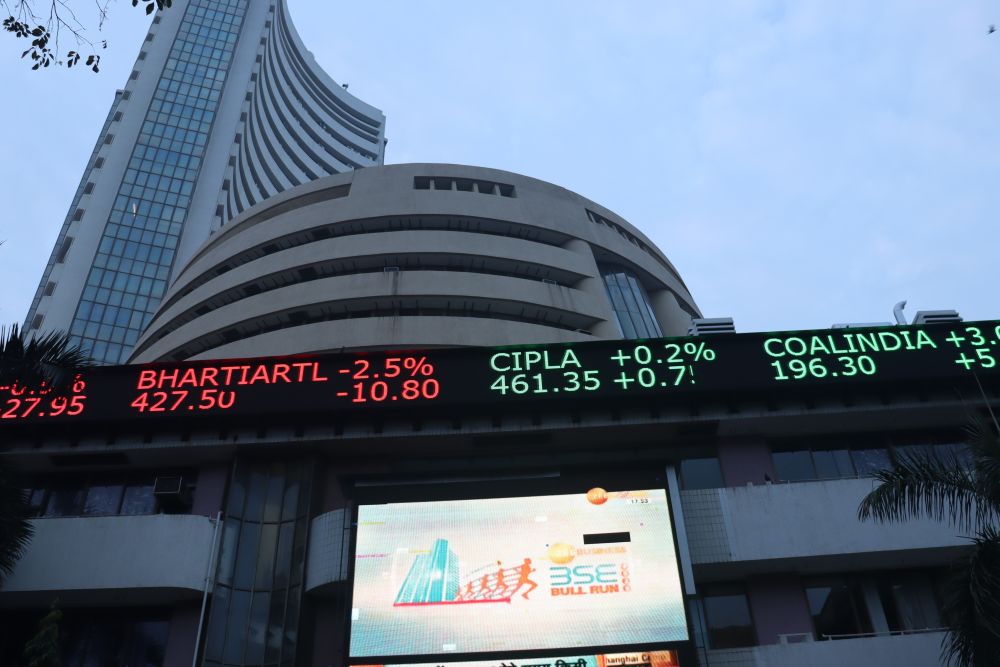
Is China’s Belt and Road initiative “a train that Italy cannot afford to miss”, as Italian Finance Minister Giovanni Tria says? Prime Minister Giuseppe Conte also thinks Italy should jump on board, saying the multi-billion-dollar Chinese infrastructure plan is “an opportunity for our country”.
Italy’s government plans to sign a memorandum of understanding with China on the Belt Road during Chinese President Xi Jinping’s March 22-24 visit, making it the first founding European Union member or G7 country to do so. This will pave the way for Chinese investment in Italy’s infrastructure, energy, aviation, and telecommunications sectors. But joining the Belt Road carries serious risks for Italy and will probably also damage its relations with the EU and the United States.
True, deeper commercial engagement with China is a no-brainer for Italy, where GDP growth has been low or stagnant since the late 1990s, and is expected to decelerate from 1% in 2018 to 0.2% this year. China, on the other hand, boasts the world’s second-largest economy after the US. It is the biggest exporter, an increasingly significant overseas investor, and is gradually rebalancing its growth model toward domestic demand.
With annual trade between China and Belt Road countries projected to exceed US$2.5 trillion over the next ten years, closer bilateral ties with China could give Italy’s exports a boost. Italian exports to China currently total roughly 13 billion euros (US$14.7 billion) per year, while imports are approximately 29 billion euros.
Moreover, a partnership with China could attract the additional capital inflows that Italy sorely needs, given constrained lending by its banks. Whereas Italy has received about 14 billion euros in Chinese investment since 2000, Chinese firms invested 10.5 billion euros in 55 Belt Road countries in the first ten months of 2018 alone, and have signed contracts for Belt Road projects worth more than US$80 billion.
Nonetheless, there are several compelling reasons why Italy should not go down this bilateral Belt Road route with China, but rather deepen engagement with it as part of the EU’s 2016 Strategy on China.
For starters, Italy’s interests may not be aligned with those of China. Belt Road is a development strategy to provide overseas markets for Chinese firms, channel resources through international financial centres, and support the international use of the renminbi. It remains to be seen how these objectives can be squared with Italy’s.
A second, related reason is that Italy risks being the junior partner – not least because China’s economy is more than six times larger. The Italian economy is also weaker. Public debt amounts to 130% of GDP, and struggling enterprises, including the flagship airline Alitalia, need restructuring and recapitalizing. It is hard to see how a partnership with China could be balanced and reciprocal.
Other concerns are operational. Several years after China launched the Belt Road, its overall framework remains ill-defined, with murky objectives and opaque governance. And, rather than being underpinned by Chinese-led multilateral organizations, such as the Asian Infrastructure Investment Bank (AIIB) or the New Development Bank, the Belt Road is based on bilateral agreements with China and direct partnerships and joint ventures with Chinese enterprises – many of which are state-owned.
Fourth, Italy is institutionally weak, with many badly run private and public institutions, a dysfunctional tax system, and widespread corruption. The country ranks 53rd in Transparency International’s corruption index, scoring well below the EU’s core economies.
Italy thus may not be in a position to ask Chinese partners to comply with EU rules and standards. The EU, for example, is concerned that the state ownership of many Chinese enterprises distorts markets and competition.
Finally, cyber espionage and other mischief by Chinese actors could undermine the credibility of Italian companies in industries such as information and communications technology, infrastructure, and defence.
Unfortunately, the Euroscepticism of many leading Italian government ministers has blinded them to these risks – and to the fact that Italy needs all the friends it can get in Brussels.
Jumping on the Chinese train has not gone down well in Washington, either. The warning from US President Donald Trump’s administration, with which many members of Italy’s cabinet have a close affinity, has been unambiguous. Italy will ignore this at its peril.
The entire Belt Road episode may of course turn out to be a tempest in a teapot, ending in a last-minute fudge that leaves China annoyed and the EU displeased. But regardless of the outcome, this is not merely a spat caused by an Italian government with no sustainable long-term plan. Rather, it is the latest sign of the tense global rivalry between the US and China.
True, the US has a track record of reprimanding allies when it thinks they get too close to China, as the Obama administration did when Britain joined the AIIB in 2015. Back then, the US may have overplayed its concerns about the rise of China and the need for balanced governance of multilateral institutions.
But American engagement then was constructive compared with today’s open US-China confrontation under Trump. “With us against China or with China against us,” is Trump’s implicit message to Italy and the rest of the world. This does not bode well for a peaceful rebalancing of the global economic order. Italy would be wise to tread carefully.
Paola Subacchi is professor of international economics at Queen Mary University of London and founding director of Essential Economics. She is the author, most recently, of “The People’s Money: How China Is Building a Global Currency”.
Copyright: Project Syndicate, 2019. www.project-syndicate.org









